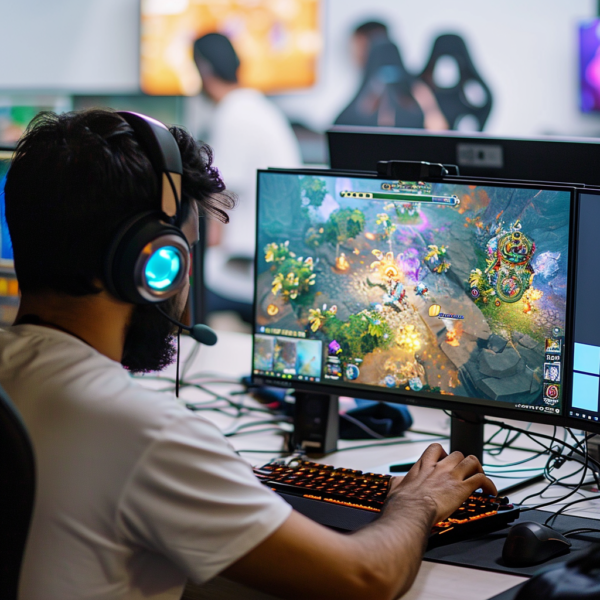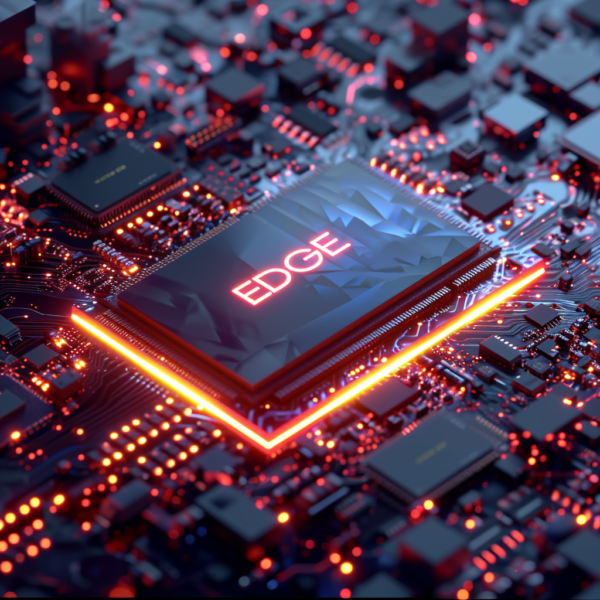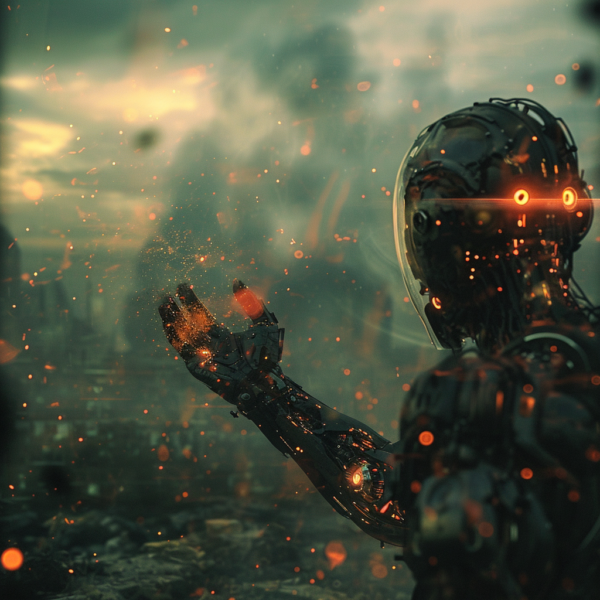Currently, the prevailing method for asset creation is to produce all assets during the production process. This offers the benefit of full creative control. However, it also introduces constraints in terms of asset variation, quantity, and their relevance to the current game state or player interactions.
The use of on-device edge-AI is set to profoundly influence the gaming experience across key components of video games, including:


Lingotion offer a comprehensive suite of trained AI models, tutorials, support, and seamless integration with popular game engines such as Unity. Tailored for the unique demands of video games, these AI models are designed to minimize peak GPU and memory usage, ensuring minimum impact on graphics rendering performance. Additionally, the models are created for a spectrum of performance levels to align with the capabilities of various hardware platforms.
All generative AI models are provided with comprehensive compliance documentation, confirming their adherence to regulatory standards. This includes meeting Valve’s requirements for distribution on Steam, where the studio must disclose the use of generative AI and provide documentation on how the studio ensures that the AI does not generate illegal content.
On-device Edge-AI is when the AI runs on the user’s own hardware, while Cloud-AI is when the AI runs on a server in the cloud. On-device Edge-AI offers significant advantages of zero runtime costs and no network requirements.


On-device edge-AI will disrupt some of the fundamental aspects of video game production, particularly in terms of artistic control. In many respects, studios will need to start from a blank slate instead of building on existing knowledge, tools, and resources.
Such a paradigm shift in the production process could be challenging, leading to a likely slow and gradual use of on-device edge-AI in video games. Nonetheless, the substantial benefits—such as the ability to create games that were previously impossible—will eventually drive widespread industry adoption of on-device edge-AI. Over time, video games that do not incorporate on-device edge-AI are expected to be seen as retro, characterized by static gameplay and manual produced content.
Lingotion AB is a Swedish tech startup specializing in the forefront of AI research.
Contact
To contact us please send an email to:
sales@lingotion.com
Address
Lingotion AB
Klostergatan 1G
222 22 Lund, Sweden
Terms of Service
View our Terms of Service
© Lingotion AB. All Rights Reserved.
| Cookie | Duration | Description |
|---|---|---|
| cookielawinfo-checkbox-analytics | 11 months | This cookie is set by GDPR Cookie Consent plugin. The cookie is used to store the user consent for the cookies in the category "Analytics". |
| cookielawinfo-checkbox-functional | 11 months | The cookie is set by GDPR cookie consent to record the user consent for the cookies in the category "Functional". |
| cookielawinfo-checkbox-necessary | 11 months | This cookie is set by GDPR Cookie Consent plugin. The cookies is used to store the user consent for the cookies in the category "Necessary". |
| cookielawinfo-checkbox-others | 11 months | This cookie is set by GDPR Cookie Consent plugin. The cookie is used to store the user consent for the cookies in the category "Other. |
| cookielawinfo-checkbox-performance | 11 months | This cookie is set by GDPR Cookie Consent plugin. The cookie is used to store the user consent for the cookies in the category "Performance". |
| viewed_cookie_policy | 11 months | The cookie is set by the GDPR Cookie Consent plugin and is used to store whether or not user has consented to the use of cookies. It does not store any personal data. |